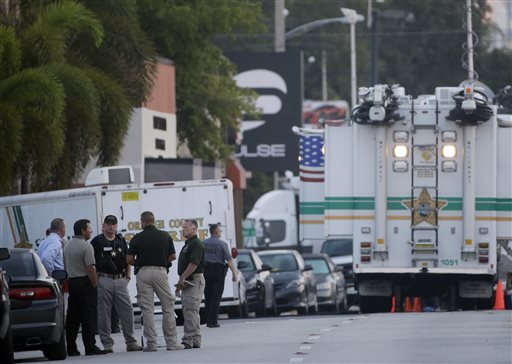You know, you listed several groups, but none of them are EMS centric groups.....
While I think we should have AST, we need to remember what the roles of an AST is, and considering many/most agencies are already short staffed, we might not have the available staffing for an AST.
The shooting in Orlando is a great example of when an AST is NOT needed. They needed their local OEM to get them 20+ ambulances, to a staging area, not 4 5-unit strike teams under a leader. After all, the AST might be good to go in 4 hours.... can I really wait 4 hours?
Further, what is the roles of an AST? meaning, am I getting 7 strike team units under the supervision of a strike team leader, of 7 single resources designed to answer EMS calls in a disaster affected system?
As a former EMS employee who frequently worked hand-in-hand with NJ's EMS task force, I can tell you I worked many disasters, events, and drills, and for most of them, I wasn't on an ambulance. I did logistics, communications, provided medical support for a shelter, and had coworkers who set up hospitals. We also provided MCI vehicles (with a bunch of equipment), and provided ICS command staff. When New Orleans was hit by a hurricane, my coworkers went down as part of the AST; but once they were there, did they function with a common goal, or did they break up to answer their individual calls?
If I have a building collapse, I might call for an AST. I will need EMS resources there for hours, if not days, providing medical coverage to the responders. If I have USAR or rescue medics, I might even have personnel who can assist with the search operations. Ditto a 3+ alarm fire; I need units assigned to the incident, and they will be there for hours, all under the supervision of a team leader.
While an AST is typically 5 units with 2 people each, the question I would ask is do I need EMS personnel, or ambulances to transport people? If I need EMS personnel, I might request 2 units and put 5 people in each truck (using the ambulance as a transportation vehicle, giving me 6 personnel to provided medical coverage for a scene and scene and 4 to transport if needed), instead of everyone bringing minimum staffing and trying to find a parking spot for all units.
Personally, I think an EMS Task force is more useful than an ambulance strike team, unless I have a long term or preplanned MCI and can wait a few hours until all of my resources are assembled.
@Kavsuvb, here are some additional information for you about ASTs
and for an EMS Task force:
EMS Task Force
www.nj.gov
Formed in the aftermath of the September 11, 2001 terrorist attacks, the New Jersey EMS Task Force has become the organization called in when disasters strike and a model for other states, officials of the organization said Sept. 20, 2014 during a day-long event to mark the 10th anniversary of...

www.jems.com
The Emergency Medical Services Task Force is composed of individuals subject to the approval of the secretary of the Louisiana Department of Health, which advises and makes recommendations to the Bureau of Emergency Medical Services and the Department on matters related to emergency medical...

www.louisianaambulancealliance.org

 www.jems.com
www.jems.com

 www.jems.com
www.jems.com

